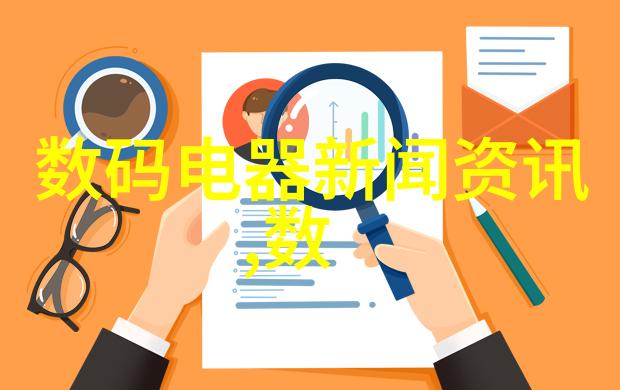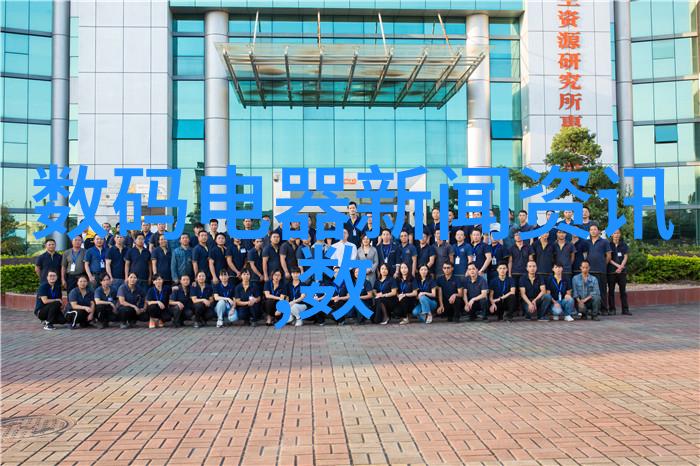您现在的位置是: 首页 - 热点资讯 - 膜分离工艺包括揭秘水处理食品加工与生物医药领域的高效技术 热点资讯
膜分离工艺包括揭秘水处理食品加工与生物医药领域的高效技术
2025-04-11 【热点资讯】 0人已围观
简介膜分离工艺包括:揭秘水处理、食品加工与生物医药领域的高效技术 膜分离工艺在水处理中的应用 水资源的日益紧张使得水处理成为一个亟待解决的问题。膜分离技术以其高效的脱盐和悬浮固体去除能力,成为了这一领域不可或缺的工具。通过微孔膜、纳米滤膜等多种类型的膜材料,能够有效地去除水中的重金属、有机物质和其他污染物,从而实现了饮用水标准的达标。 膜分离工艺在食品加工中的应用 食品工业中,膜分离技术用于乳制品
膜分离工艺包括:揭秘水处理、食品加工与生物医药领域的高效技术

膜分离工艺在水处理中的应用
水资源的日益紧张使得水处理成为一个亟待解决的问题。膜分离技术以其高效的脱盐和悬浮固体去除能力,成为了这一领域不可或缺的工具。通过微孔膜、纳米滤膜等多种类型的膜材料,能够有效地去除水中的重金属、有机物质和其他污染物,从而实现了饮用水标准的达标。

膜分离工艺在食品加工中的应用
食品工业中,膜分离技术用于乳制品、果汁及其他液体产品的过滤清洁。例如,在乳制品生产中,可以利用不同孔径的微孔膜来分别提取奶油和酸奶,使产品质量得到保证。此外,对于含有果皮碎屑或植物蛋白颗粒的大量果汁,也可以通过薄层凹陷法(UF)进行精细过滤,以获得更清澈透明且口感上的改善。

膜分離技術在生物醫藥領域之應用
在生物医药行业,membrane separation technology plays a vital role in the production of pharmaceuticals and vaccines, as well as in bioreactor systems for cell culture and fermentation processes. For example, ultrafiltration (UF) is used to purify protein solutions, while dialysis membranes are employed to remove impurities from biological fluids.

膜分離技術於環境保護方面之貢獻
Membrane separation technology also contributes significantly to environmental protection by enabling efficient wastewater treatment and recycling processes. Through techniques such as reverse osmosis (RO), microfiltration (MF), and nanofiltration (NF), contaminants can be effectively removed from industrial effluents before they enter natural water bodies.

新興應用的開發與研究
The development of new membrane materials with improved performance characteristics continues to drive innovation in this field, opening up potential applications in emerging areas like carbon capture, biofuel production, and desalination technologies that could help alleviate global water scarcity challenges.
未來展望與挑戰
While membrane separation technology has shown remarkable progress over recent years, there are still several challenges that need to be addressed for its widespread adoption across various industries: cost-effectiveness considerations; scaling up manufacturing processes; improving membrane durability against fouling agents; overcoming energy consumption concerns associated with pumping systems etc., all these factors will continue to shape the future direction of research efforts aimed at advancing this versatile technique further






